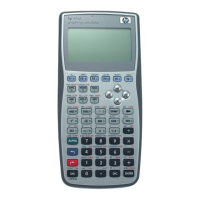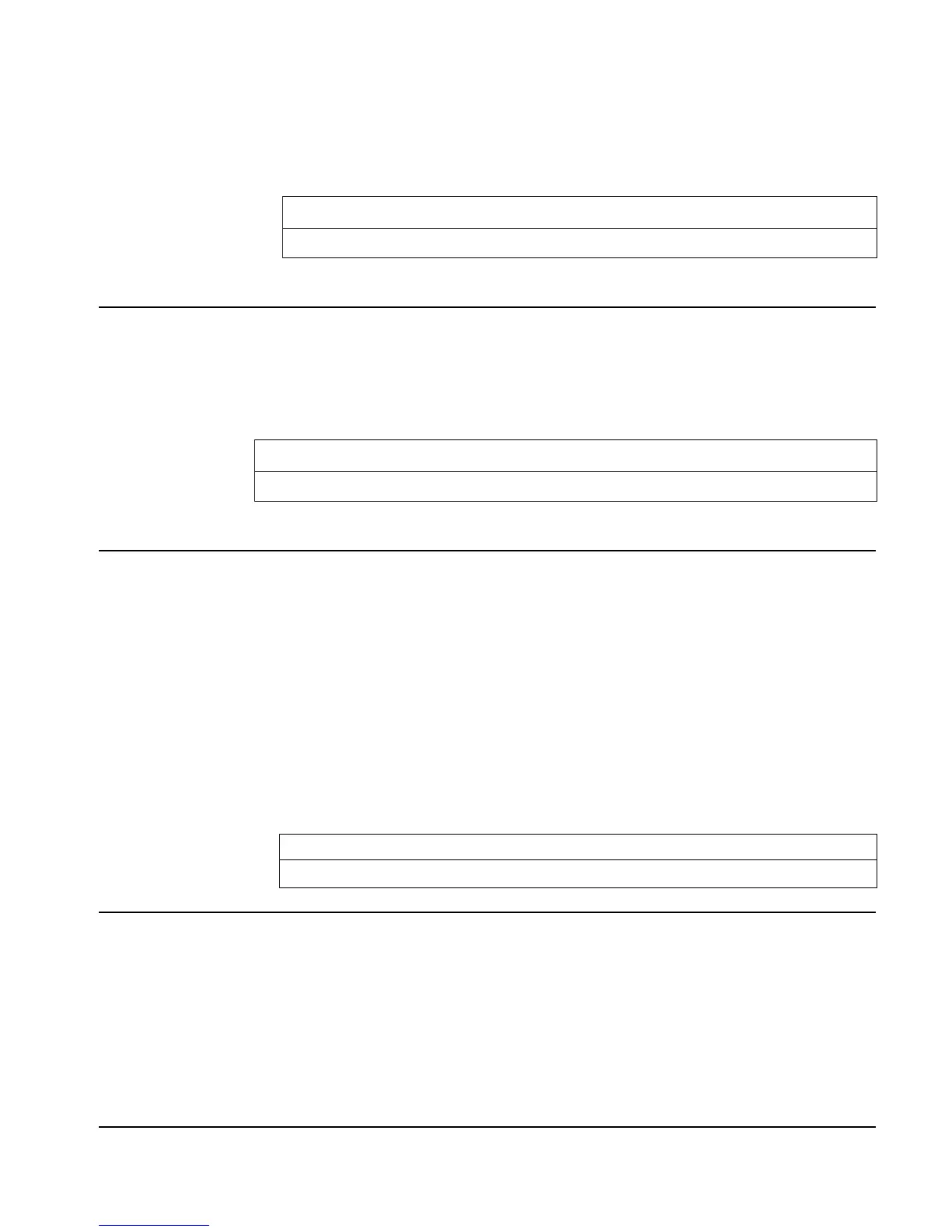Full Command and Function Reference 3-121
PICK
Type: RPL Command
Description: Pick Object Command: Copies the contents of a specified stack level to level 1.
Access: !°STACK PICK ( °is the left-shift of the Nkey).
Input/Output:
L
n+1
... L
2
L
1
L
n+1
L
2
L
1
obj
n
... obj
1
n
→
obj
n
... obj
1
obj
i
L = Level
See also: DUP, DUPN, DUP2, OVER, ROLL, ROLLD, ROT, SWAP
PICK3
Type: RPL Command
Description: Duplicates the object on level 3 of the stack.
Access: !°
STACK L PICK3 ( °is the left-shift of the Nkey).
Input/Output:
L
3
L
2
L
1
L
4
L
3
L
2
L
1
obj
1
obj
2
obj
3
→
obj
1
obj
2
obj
3
obj
1
L = Level; A = Argument; I =Item
See also: PICK, OVER, DUP
PICT
Type: Command
Description: PICT Command: Puts the name PICT on the stack.
PICT is the name of a storage location in calculator memory containing the current graphics
object. The command PICT enables access to the contents of that memory location as if it were
a variable. Note, however, that PICT is not a variable as defined in the hp49g+/hp48gII: its name
cannot be quoted, and only graphics objects may be stored in it.
If a graphics object smaller than 131 wide × 80 pixels high is stored in PICT, it is enlarged to 131
× 80. (These values are 131 x 64 on the hp48gII). A graphics object of unlimited pixel height and
up to 2048 pixels wide can be stored in PICT.
Access: !° L[
PICT] PICT ( °is the left-shift of the Nkey).
Input/Output:
Level 1/Argument 1 Level 1/Item 1
→
PICT
See also: GOR, GXOR, NEG, PICTURE, PVIEW, RCL, REPL, SIZE, STO, SUB
PICTURE
Type: Command
Description: Picture Environment Command: Selects the Picture environment (that is, selects the graphics
display and activates the graphics cursor and Picture menu).
When executed from a program, PICTURE suspends program execution until −is pressed.
Access: …µ
PICTURE
š
Input/Output: None
See also: PICTURE, PVIEW, TEXT

